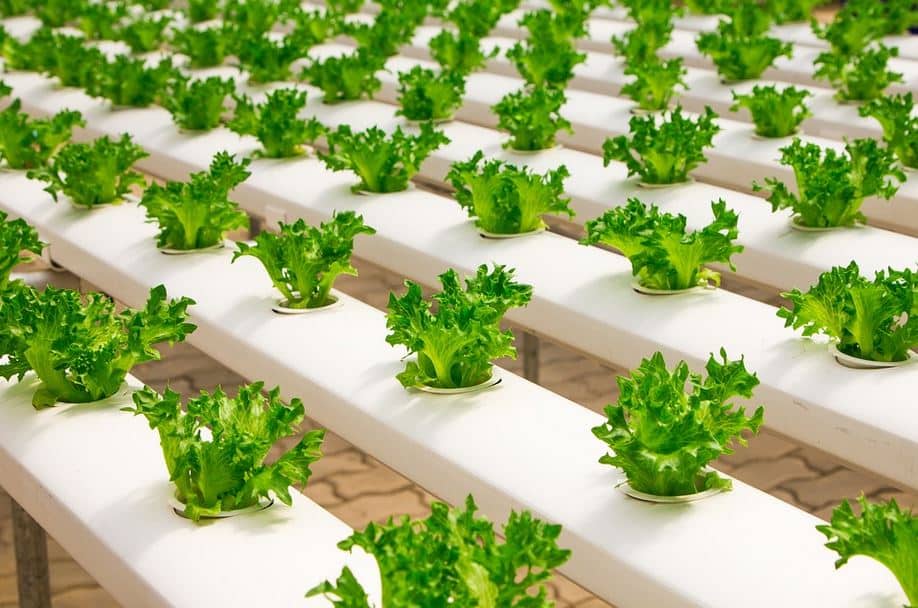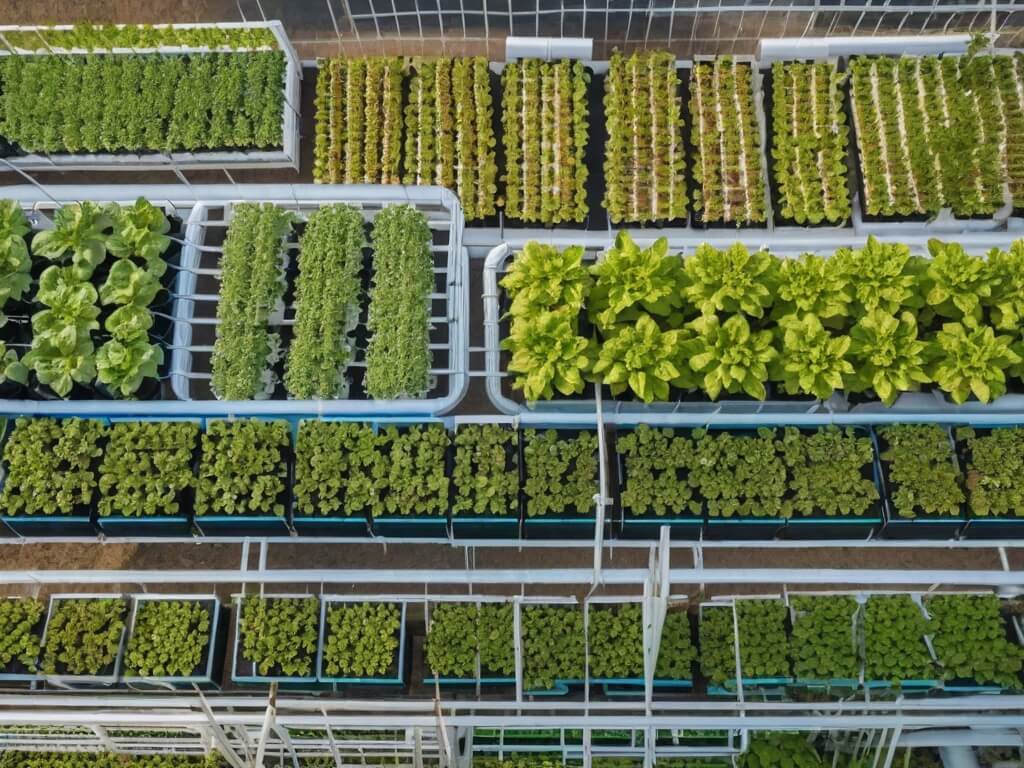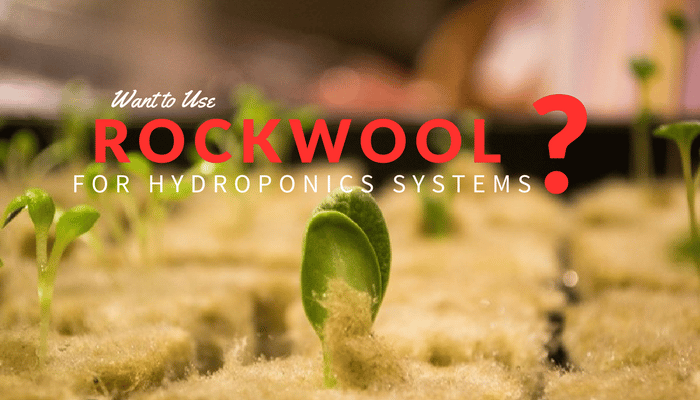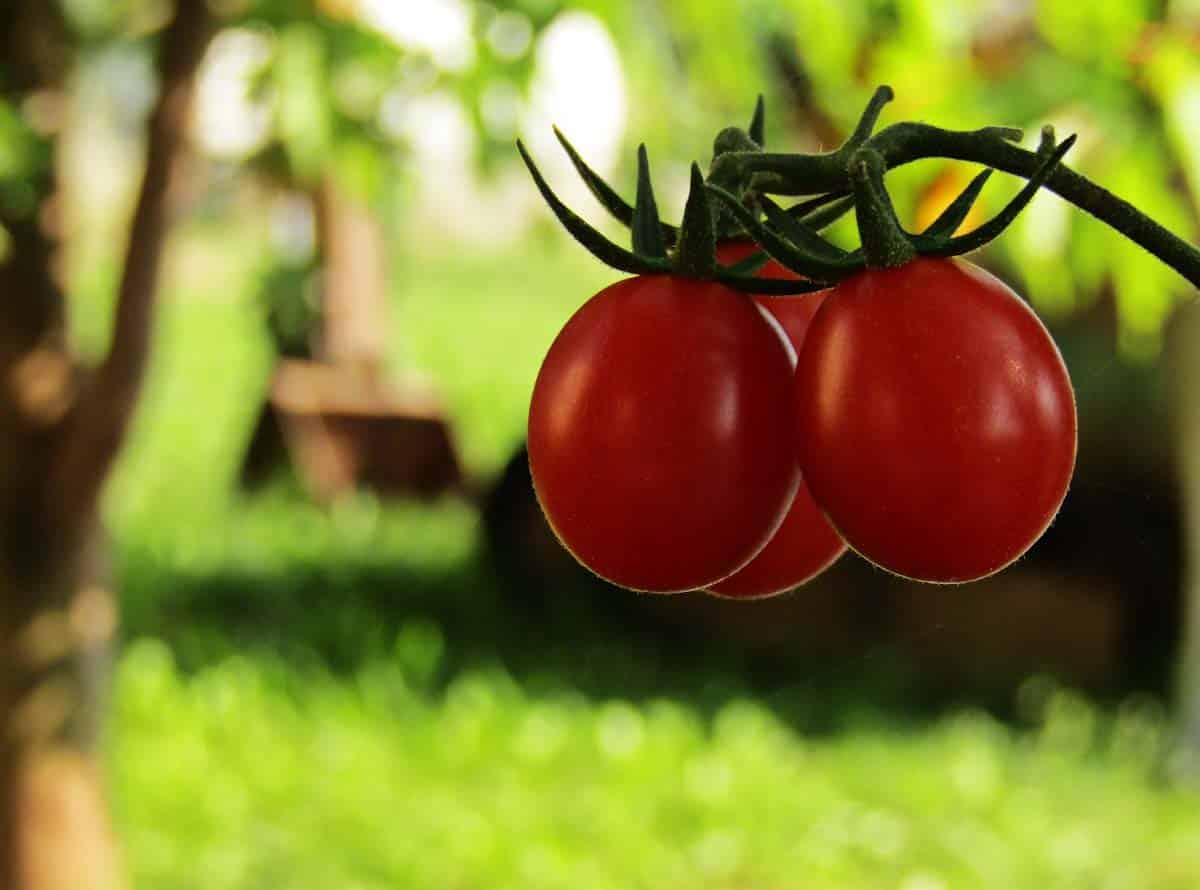As hydroponics gains popularity as a modern method of growing plants, optimizing the lighting setup is crucial to achieving maximum yields. Hydroponic lighting serves as a substitute for sunlight, providing the necessary light spectrum for photosynthesis, growth, and development of plants.
Let’s explore the key factors to consider in optimizing hydroponic lighting for maximum yields for your hydroponics farm.

Understanding the Importance of Hydroponic Lighting
Light is a fundamental element in hydroponic systems as it plays a vital role in driving photosynthesis, the process by which plants convert light energy into chemical energy to fuel their growth.
The right type, intensity, duration, and spectrum of light are essential for optimal plant growth and development in hydroponic setups.
Choosing the Right Type of Hydroponics Lighting
There are several types of hydroponic lighting options available, including fluorescent, high-intensity discharge (HID), and light-emitting diode (LED) lights.
Each type has its advantages and disadvantages, and the choice depends on factors such as the crop being grown, the growth stage of the plants, and budget considerations.
Type of hydroponics lighting:
- Fluorescent lights: affordable and suitable for small-scale hydroponic setups or as supplementary lighting for specific plant growth stages. They are energy-efficient, emit low heat, and are ideal for plants that require lower light intensity, such as lettuce and herbs.
- HID lights: HID lights, such as metal halide (MH) and high-pressure sodium (HPS) lights, are more powerful and produce higher light intensity, making them ideal for larger hydroponic systems and plants in the flowering and fruiting stages. However, they generate more heat and require proper ventilation and cooling to prevent heat stress on the plants.
- LED lights: becoming increasingly popular in hydroponics due to their energy efficiency, long lifespan, and versatility in controlling light spectrum and intensity. They are suitable for various plant growth stages and can be customized to provide the optimal light spectrum for different crops, making them a cost-effective and sustainable option in the long run.

Determining the Optimal Light Intensity and Duration
The intensity and duration of light exposure are critical factors in hydroponics, as they directly affect plant growth and development. Different plants have varying light requirements at different growth stages, and it is crucial to provide the right intensity and duration of light for maximum yields.
Light intensity
The light intensity required for hydroponic plants depends on the crop species, growth stage, and the type of lighting used.
Most plants require light intensity in the range of 200 to 800 micromoles per square meter per second (μmol/m2/s) for optimal growth.
However, some crops, such as leafy greens, may require lower light intensity, while fruiting and flowering crops may require higher light intensity.
It is essential to monitor the light intensity using a light meter and adjust the lighting setup accordingly.
Light duration
The duration of light exposure also varies with the growth stage of the plants. In the vegetative stage, most plants require 16 to 18 hours of light per day, while in the flowering and fruiting stages, the light duration may be reduced to 10 to 12 hours per day to stimulate flower and fruit formation.
It is crucial to provide the right light duration to avoid disrupting the plant’s biological clock and to promote healthy growth.
Read: Ultra Green Hydroponics
Understanding the Importance of Light Spectrum
The light spectrum, or the wavelengths of light emitted by the lighting source, has a significant impact on plant growth and development. Different wavelengths of light are absorbed by plants in different ways, and understanding the importance of light spectrum can help optimize hydroponic lighting for maximum yields.
Photosynthetically Active Radiation (PAR)
PAR refers to the wavelengths of light between 400 to 700 nanometers (nm) that are essential for photosynthesis. Plants utilize different wavelengths within the PAR range for various physiological processes, such as chlorophyll absorption, enzyme activation, and growth regulation.
Therefore, providing the right spectrum of light is crucial for maximizing yields in hydroponic systems.
Red and Blue Light
Red and blue light are two important spectrums for plant growth. Red light (wavelengths around 660 nm) is crucial for flowering and fruiting, while blue light (wavelengths around 450 nm) is essential for vegetative growth and compact plant structure. LED lights are particularly advantageous in hydroponic systems as they allow for precise control of the red-to-blue light ratio, enabling growers to customize the spectrum based on the plant’s growth stage.
Supplementary Light
Some crops may require additional light spectrums beyond red and blue to optimize growth. For example, adding UV-A (wavelengths around 380-400 nm) and far-red (wavelengths around 730 nm) light can trigger specific physiological responses, such as increased flavonoid production, improved plant defense mechanisms, and enhanced flowering.
However, it is essential to carefully research and understand the specific light requirements of the crops being grown and consult with experts to avoid providing excess or inadequate light spectrums.
Read: What Is Hydro Farming
Proper Light Distribution and Coverage
In hydroponic systems, ensuring proper light distribution and coverage is crucial to prevent uneven growth and maximize yields.
How to do good light distribution and coverage in hydroponics:
- Hanging Height: the lights should be adjusted based on the growth stage of the plants and the light intensity requirements. During the vegetative stage, lights should be hung closer to the plants to encourage compact growth, while during the flowering and fruiting stages, they should be hung slightly higher to prevent heat stress and ensure proper light distribution.
- Light Spacing: Proper spacing between lights is important to ensure uniform light distribution and coverage. Too close spacing can cause overlapping light patterns, leading to uneven growth and shading, while too wide spacing can result in dark spots with insufficient light. It is essential to follow the manufacturer’s recommendations or consult with experts to determine the optimal light spacing for the specific type of lighting being used.
- Light Angles: the angle at which the lights are positioned can also impact light distribution. Reflectors or lenses can be used to direct light towards the plants and minimize light loss. Adjustable reflectors or lenses can also be used to customize light angles based on the plant’s growth stage and light requirements.
Optimizing Hydroponic Lighting
Optimizing hydroponic lighting is a critical factor in achieving maximum yields. Choosing the right type of lighting, determining the optimal light intensity and duration, understanding the importance of light spectrum, and ensuring proper light distribution and coverage are key considerations for hydroponic growers.
It is crucial to carefully research and understand the specific light requirements of the crops being grown, monitor light intensity and duration, and consult with experts to optimize hydroponic lighting for successful and high-yielding plant growth.
By providing the ideal lighting environment, hydroponic growers can ensure healthy growth, robust development, and ultimately maximize their yields. Happy growing!


